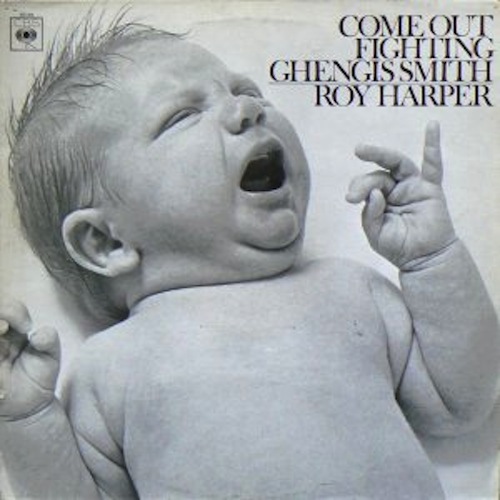2. Roy HarperCome Out Fighting Ghenghis Smith

This was Roy’s first proper album, although he’d had an earlier, kind of homemade album. … Ghenghis Smith was, in the summer of 1968 after I’d already met Roy and knew a little bit about him by reputation, one of the first vinyl LPs I ever bought. I bought it in the first week I owned a vinyl player, by which time I was 21 years old, living in north London and had just begun with Jethro Tull. It was my summer album of 1968, as it felt like London in the summer – north London in the summer more importantly. It was redolent of the sounds and the images: Hampstead Heath, Highgate Cemetery, the streets, Soho, it was an album that really dovetailed with my own personal experiences of my first summer in London as a young man.
How strongly did Roy influence Jethro Tull?
He certainly didn’t influence anybody else in the band. People looked at Roy Harper as being a bit of a weird new-age folkie, and he didn’t influence any of the other guys at all, although he influenced elements within Led Zeppelin and Pink Floyd. We all envied Roy for his simplicity and directness and his meandering, rather chaotic creativity. Life was simple for Roy, he had a guitar on his back and he would hitch a lift to the side of the motorway to go to the next gig, whereas the rest of us had roadies and fans and plane tickets and tour managers. The complexities and detritus of rock band life. And conversely of course, Roy rather envied the trappings of wealth, fame and the rock star lifestyle. The grass, as they say, is always greener, and Roy certainly smoked a lot of it.


